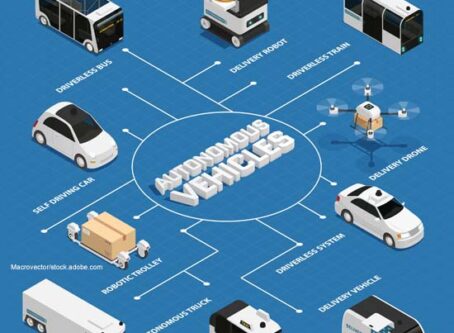Department of Energy to research alt fuels, electric trucks
As passenger vehicles move toward alternative fuels, including electric vehicles, fuel technology for heavy-duty trucks is trying to catch up. Addressing the issue, the Department of Energy announced on Friday it will invest more than $50 million for research on fuel technology for trucks.
On Friday, March 1, the Department of Energy said it will put $51.5 million toward new and innovative research of technologies for trucks, off-road vehicles and the fuels that power those vehicles. Research will include natural gas, biofuels, hydrogen, heavy-duty freight electrification, hydrogen infrastructure and fuel cell technologies for heavy-duty applications.
The following topics will be included in the research:
- $16.5 million for gaseous fuels research and technology integration for heavy-duty vehicles, including technology that focuses on reducing costs of and overcoming technical barriers to the use of natural gas and hydrogen-fueled trucks.
- $18 million for battery electric heavy-duty freight vehicles, including targeting technical barriers to advanced batteries, electric drive systems and charging systems.
- $6 million for high throughput hydrogen fueling technologies for heavy-duty transportation, including developing technologies for fast-fill hydrogen storage and fueling components.
- $6 million for high-durability, low platinum group metal membrane electrode assemblies for heavy-duty trucks.
- $5 million for energy efficient commercial off-road vehicles.
“As the fastest growing fuel users, trucks offer an important opportunity to use innovation to improve energy productivity,” Mark Menezes, undersecretary of energy, said in a statement. “Through research and new developments in both energy efficiency and domestically-sourced fuel technologies, we can not only strengthen our energy security but also improve transportation affordability for our nation’s trucking industry – helping those who deliver American goods and those who use them.”
Although alternative fuels for trucks are gaining popularity in Europe and other parts of the world, applications for U.S. trucks are less feasible for long-haul trucking. Daimler’s eCascadia has a range of 250 miles fully charged. The electric truck can be recharged to 80 percent in about 90 minutes, allowing it to cover yet another 200 miles, according to Daimler’s website. The Tesla Semi claims a range of up to 500 miles on a full charge.
Despite electric technology making huge strides for heavy-duty trucks, the relatively low mileage range compared with diesel and lack of a charging infrastructure throughout the nation has rendered electric trucks economically unfeasible and operationally inadequate for long hauls.
Regarding hydrogen-fueled trucks, the Nikola One claims a range as high as 500 to 1,000 miles and a refill time of only 20 minutes. However, the hydrogen fill-up stations are even scarcer than electric charging stations. Additionally, a Nikola One is approximately twice the cost of a traditional truck, with a price tag of around $400,000.
Earlier this week, the House Transportation and Infrastructure committee held a hearing addressing infrastructure issues related to climate change. Among the topics discussed, the expert witness panel talked about truck emissions, including the electrification of the U.S. fleet.
Some lawmakers were weary of government intervention in the vehicle marketplace as it pertains to mandating certain emissions standards. Although some witnesses agreed with a market-based approach, the panel also agreed that the government can aid in the process by funding research to kick start private sector innovation.
“Eventually – and perhaps within the next decade – electric vehicles will be cheaper to buy and to drive than gas vehicles,” said Vicki Arroyo, executive director of the Georgetown Climate Center. “However, as is the case with many new technologies, public sector support through research, early deployment, and infrastructure installation will be vital to enabling this market to grow.”









